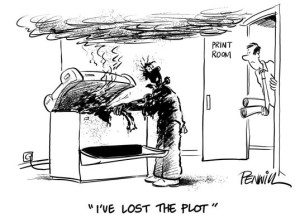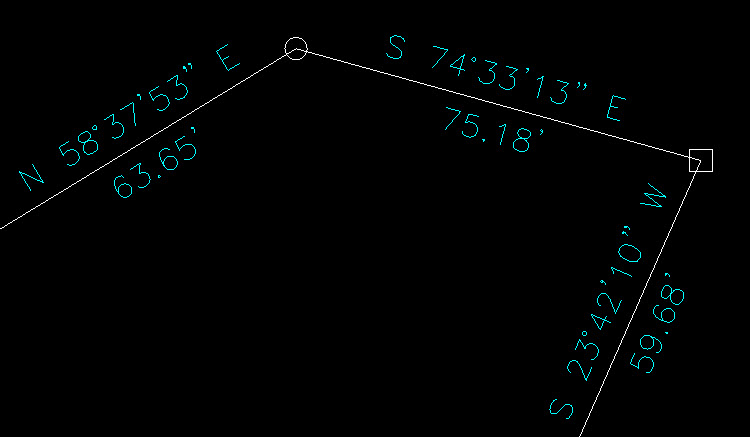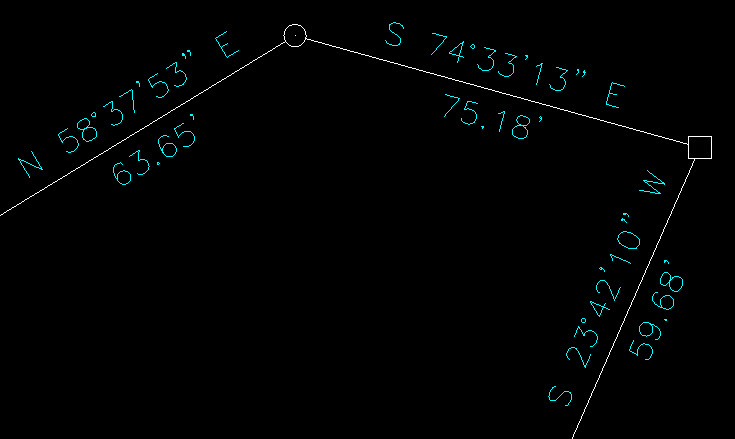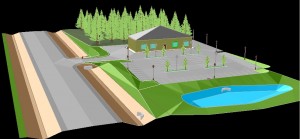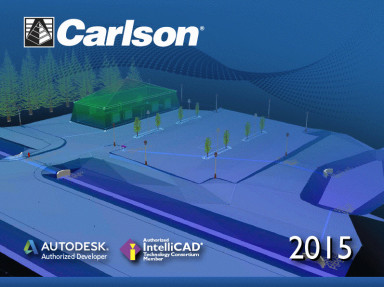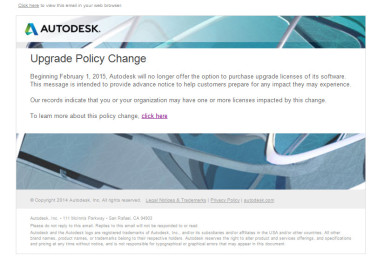Last December I announced that I planned to start including 12 months access to a variety of free, interactive training webinars with all new purchases Carlson Software. Read all the way to the bottom to see how to attend even if you didn’t purchase from me recently…
My intent in offering this training was two-fold: 1) I had gotten to a point where I had too many requests for beginning Carlson training from too many people to be able to handle it all myself so I needed a way to get the training to more people at one time and 2) to continue making sure that, if you purchase software from me, the tools and training you need to get started are available to you. After all, what’s the good of purchasing new software if you are never shown how to use it?
I’ve had to adjust the timing and format a bit in order to make sure I’m able to cover all the material the way I want to. I think at first it was just one webinar per month but each one got longer and longer (up to 3 hours!) as I was trying to cram everything you needed to know about each program into each session. I’ve finally determined that 3-4 roughly hour-long webinars each month on various topics seems to work best. Then, of course, just as soon as I thought I had it all figured out one of my customers registered a mild complaint that all the sessions were during the day when he, a land surveyor, is in the field. That’s a valid point. So, in January I’ve added a 5th hour at 6:00 pm ET to see what kind of response I get. I won’t guarantee there’ll be too many of these but I’m willing to offer it and try. You can find the upcoming list of webinars here.
At this time the only way to get access to the webinars is if you purchase a new license of software from me. Have I mentioned I’ve got GREAT! year-end specials? Also, in some cases, upgrades or maintenance renewal may qualify you to attend.
However, keep watching this space for an announcement in the next week or so about how you can purchase a year’s access to the webinars in case you’re at a point where you need/want the training but don’t need new software. This is in response to a few dozen requests I’ve had through the year requesting access even though they didn’t purchase software from me recently.
In the meantime and in the spirit of Christmas, if you’re considering purchasing or have already purchased from another dealer, please feel free to pre-register and attend one of our December webinars for free as a way to check it out and see if it’s something you’ll find beneficial. “Seating” is limited and clients who have purchased from me in the last 12-month will get first refusal but we’d love to have you join us.
